India And Bangladesh In A Crucial Test Of Trust Over The Border
The question now is simple and unforgiving: Will these commitments travel from communiqués to communities living along one of South Asia's most fraught borders?
The scale and composition of the delegations signaled intent. Dhaka fielded a 21-member team that pulled in the Home and Foreign Affairs ministries, shipping and land agencies and the Rivers Commission. That breadth matters. It reframes the border from a purely security problem to a layered challenge that touches diplomacy, ecology and livelihoods.
India's 11-member delegation, led by BSF Director General Daljit Singh Chawdhary, brought operational depth and a security-first frame. The subtext on both sides was clear. Border management cannot sit only in uniformed hands. It needs whole-of-government solutions.
Dhaka's red linesBangladesh's core concerns are stark and long-running. First is lethal force at the border. Fatalities among civilians, including minors, have left deep scars and persistent anger inside Bangladesh.
As BGB chief Maj. Gen. Mohammad Ashrafuzzaman Siddiqui asked during the meetings, how risky could a child be? The emotional force of that question rests on a durable pattern, not episodic tragedy. Over two decades, cumulative deaths and injuries attributed to BSF shootings have created a trust deficit that speeches alone cannot repair.
Second is the problem of push-ins and irregular repatriations. Since early May, Bangladesh has recorded large numbers of people being forced across including Rohingyas, Bangladeshis and some Indian nationals.
New Delhi has pointed to verified handovers through formal channels and to thousands of pending verifications. Dhaka's bottom line is equally blunt: people must move through procedures, not through riverine darkness at gunpoint.
Third are sovereignty worries around infrastructure within 150 yards of the zero line . Dhaka's view is that fencing and riverbank work must follow bilateral protocols. That technical point masks a political one. Construction without consultation reads as a sovereignty slight, and it interacts with Bangladeshi resentment over hostile media narratives across the border.

Legal Disclaimer:
MENAFN provides the
information “as is” without warranty of any kind. We do not accept
any responsibility or liability for the accuracy, content, images,
videos, licenses, completeness, legality, or reliability of the information
contained in this article. If you have any complaints or copyright
issues related to this article, kindly contact the provider above.
Most popular stories
Market Research

- Microgrid Market Growth, Key Trends & Future Forecast 2033
- Nickel Market Estimated To Exceed USD 55.5 Billion By 2033
- Primexbt Launches Empowering Traders To Succeed Campaign, Leading A New Era Of Trading
- Chaingpt Pad Unveils Buzz System: Turning Social Hype Into Token Allocation
- Ecosync & Carboncore Launch Full Stages Refi Infrastructure Linking Carbon Credits With Web3
- Japan Halal Food Market Size To Surpass USD 323.6 Billion By 2033 With A CAGR Of 8.1%



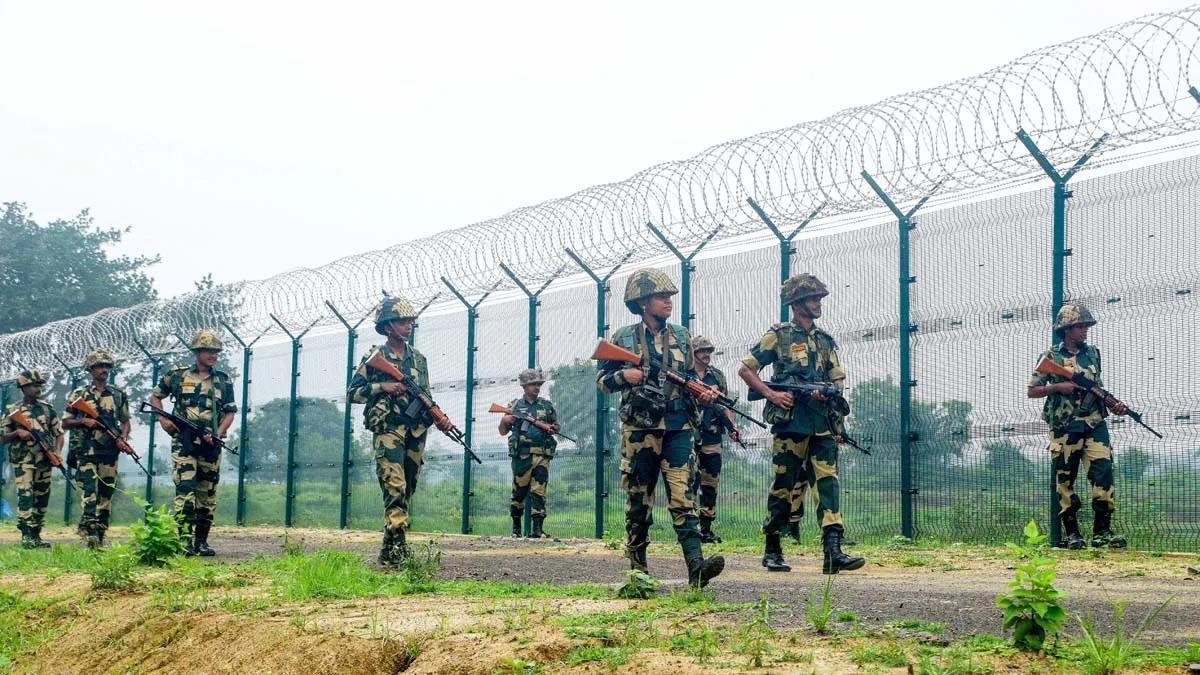
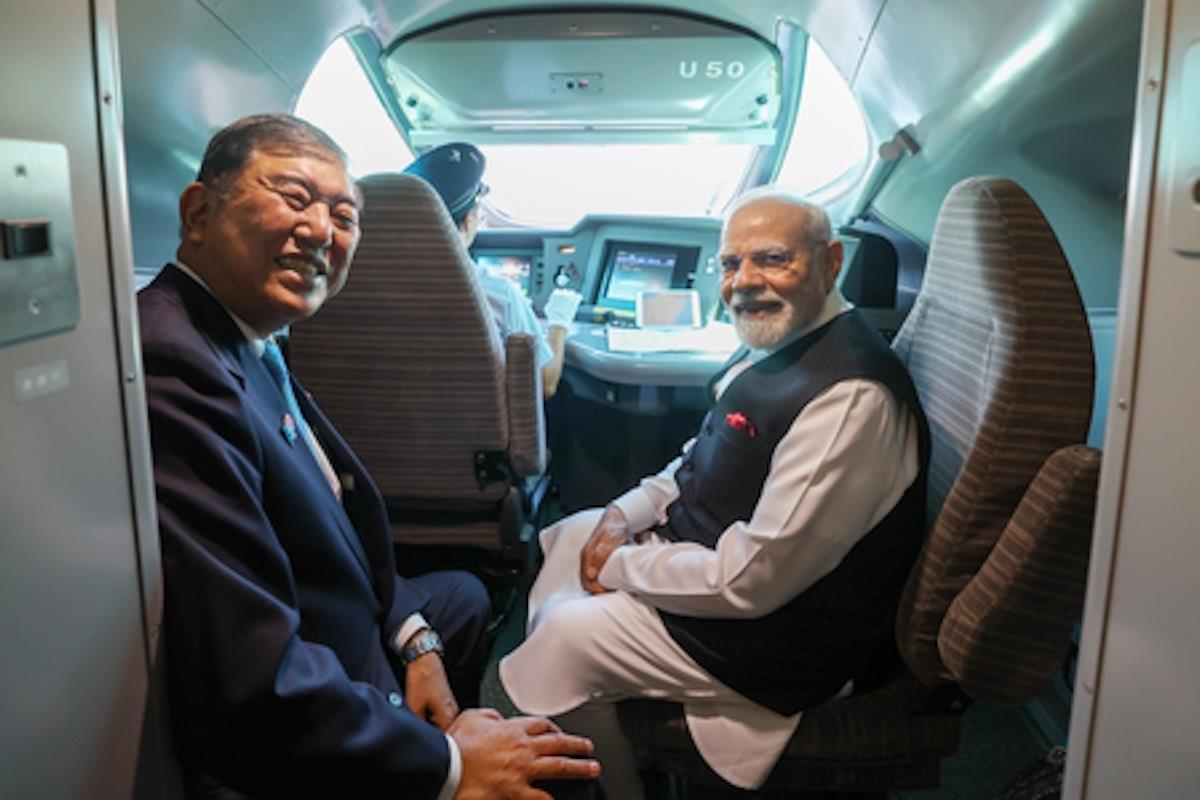
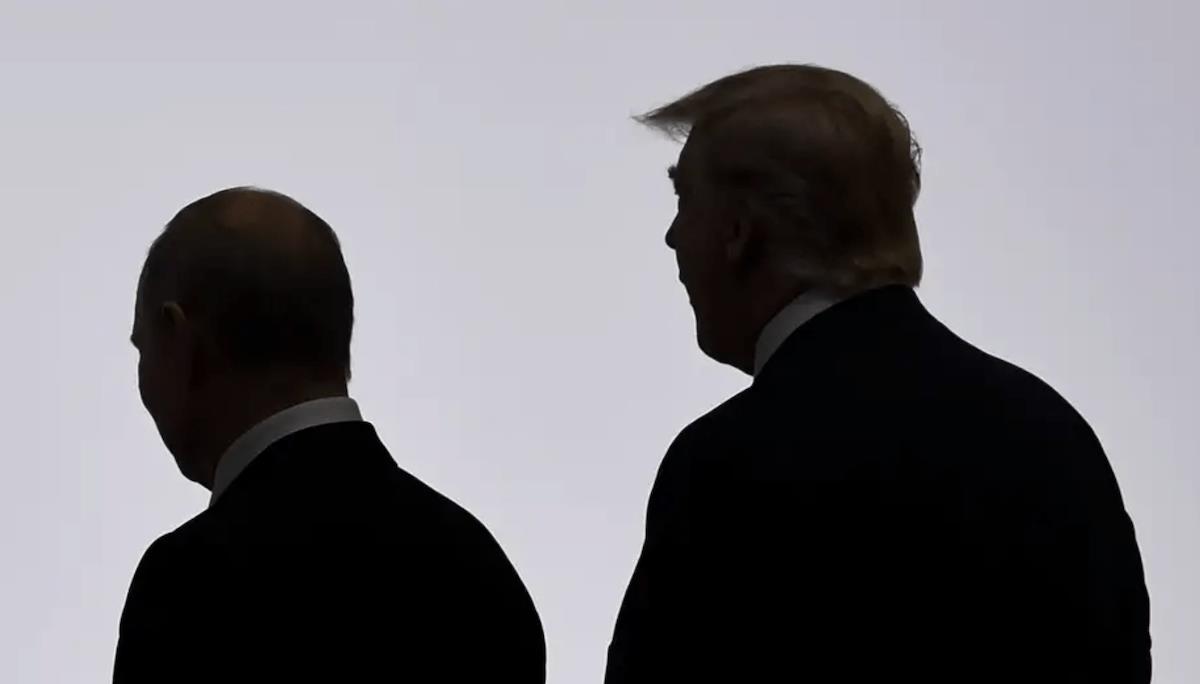
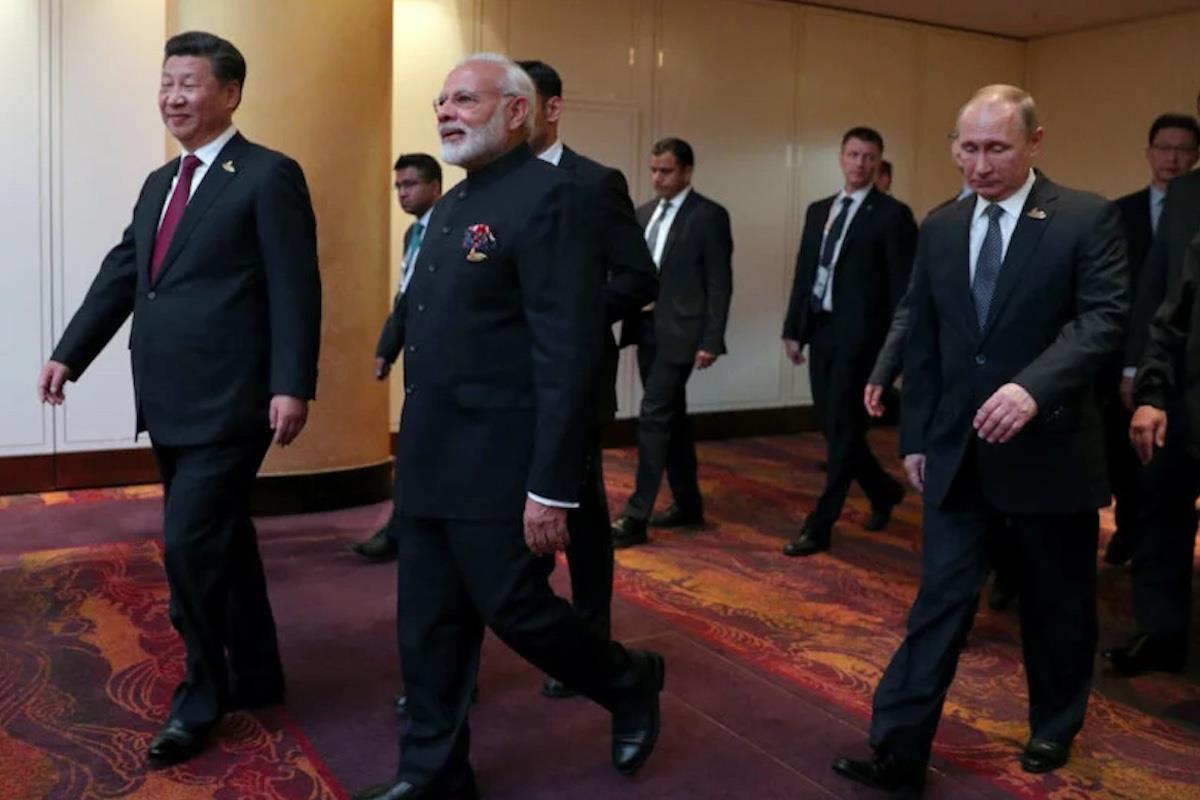
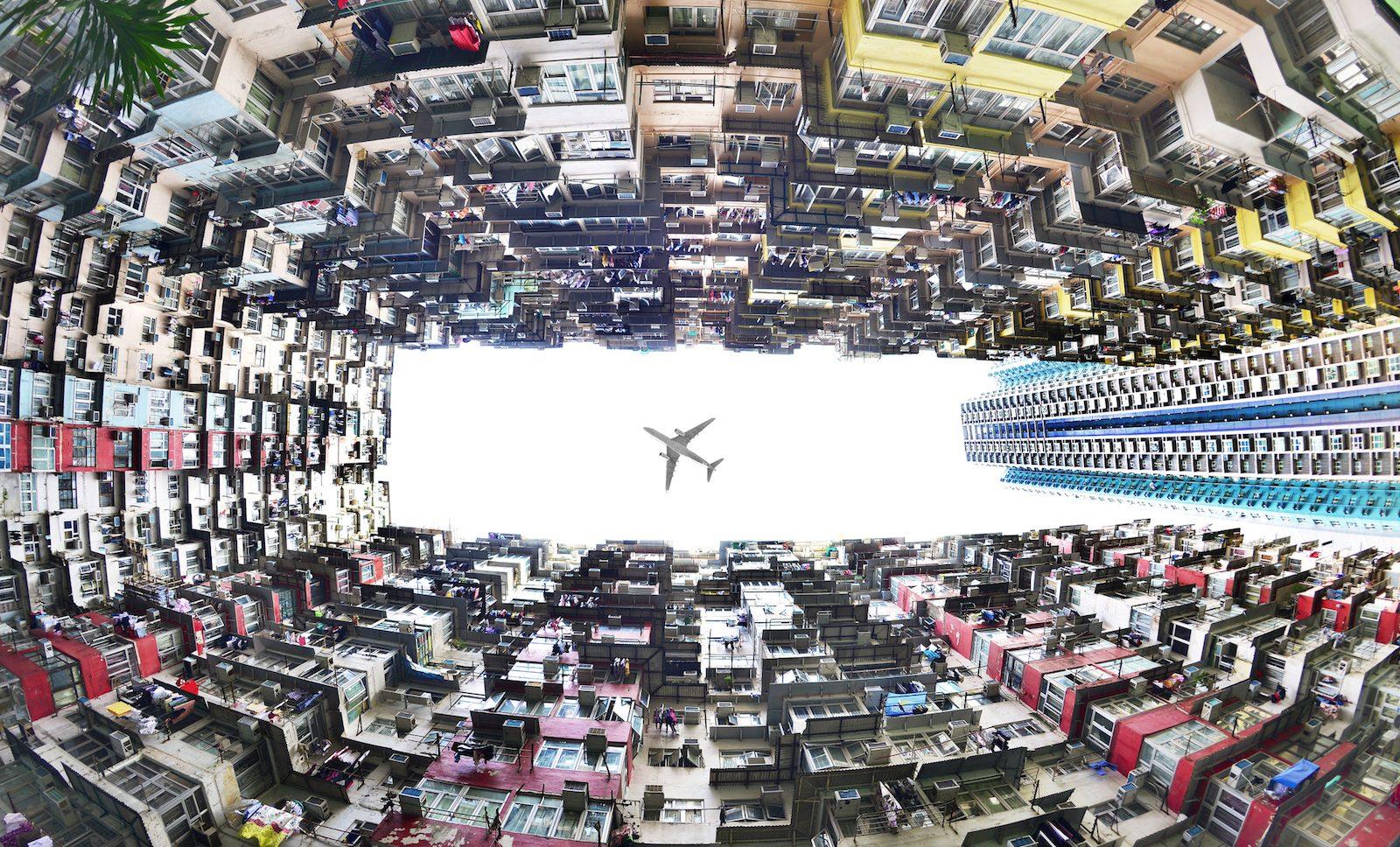


















Comments
No comment